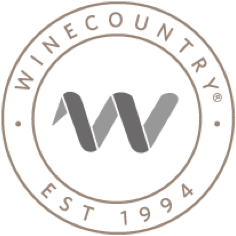- 3325
- 1
Meet Mustard Season in Sonoma County
It’s that time of year, and Sonoma County is coming up mustard. Now, we’re not talking about your typical diner-grade yellow or even the slightly upgraded dijons. We’re talking about the distinctive yellow mustard flowers that blanket the vineyards of Sonoma County from the late winter rains to spring’s bud break.
Mustard season is here, and we’re digging in to share the backstory and allure of Wine Country’s second most picturesque bloom with a curated gallery of Instagram-worthy shots that showcase the season’s golden glow.
Not native to northern California, the legend goes that Franciscan missionaries dispersed seeds of the bright flower as they searched out locations for missions. Whether it was a passion for the condiment — as one very tall tale shares — or purely to landscape their future properties, the yellow eye candy still leaves its mark today, both in beauty and function.
While some of the mustard growing throughout Sonoma County and Napa Valley is wild, the flower has become an integral part of the agriculture of the region. So much so, Napa Valley used to host a festival dedicated to the season. Wineries now plant the spritely flower between their vines to assist in irrigation control during the rainiest months. As the bright yellow buds spring open in the vineyards, the cover crop minimizes excessive water to the vines and also protects the soil from heavy erosion.
Beautiful to the eye, the flower also acts as a natural pest repellent for tiny creatures looking to damage the grapevines, and when the bud break arrives, the yearly life cycle of the mustard flowers come to a close. The plant is plowed and then decomposes, releasing additional nutrients into the ground so the vineyards thrive.
The best way to experience the alluring magic of mustard season? Travel to Sonoma County’s Wine Country January through April. The rolling vineyards boast picture-perfect moments beckoning to be documented, and what a sight to see between tastings and tours.










